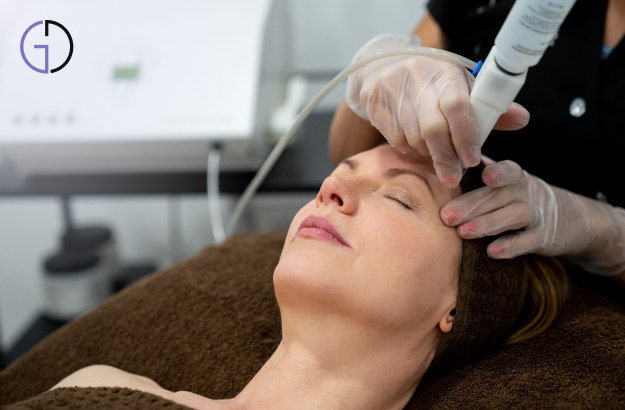Skin tags are benign, skin colored or brown growths that are most commonly located on the neck, the armpit or in the groin area. The cause of skin tags is thought to be friction. They are more common in people who are overweight or who have diabetes. Treatment is not necessary, but removal for cosmetic…

